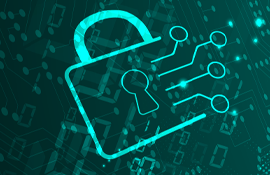Data Poisoning: The next big cyber threat that could destroy trust in your business

Data poisoning is the new and silent evolution of ransomware that doesn’t lock your files — it changes them. From financial fraud to medical disasters, this dangerous cyberattack is designed to manipulate critical data, leaving businesses, hospitals, and governments confused, vulnerable, and unprepared.
- Traditional ransomware locks your files. Data poisoning secretly changes them, making it harder to detect and more dangerous.
- Hackers don’t ask for ransom right away. They wait while confusion and damage grow silently.
- In hospitals, even a small change in patient records could lead to wrong treatment or death.
- In banks, tampered transactions may cause fraud worth millions before anyone notices.
- Legal documents, property records, scientific research — all can be quietly manipulated, causing massive real-world problems.
- AI systems are at risk because they rely on accurate data. Poisoned input means wrong decisions and outcomes.
- Cybercriminals have shifted their goal — it’s not just about money anymore. Now, it’s about breaking trust in data itself.
- Most companies still focus only on malware and firewall protection, leaving blind spots for data manipulation.
- To defend against this, businesses must use digital verification tools, track all changes with secure logs or blockchain, and run AI-based anomaly detection.
- Regular integrity checks and data backups are essential to detect and reverse silent attacks.
Data poisoning is not just another cyber threat — it’s a direct attack on digital truth. If we lose trust in our records, decisions, and systems, we lose control. The time to act is now. Net Protector Cyber Security urges all organizations to treat data integrity as their top priority. Don’t just protect your systems. Protect what they stand for.
Comment(s)






